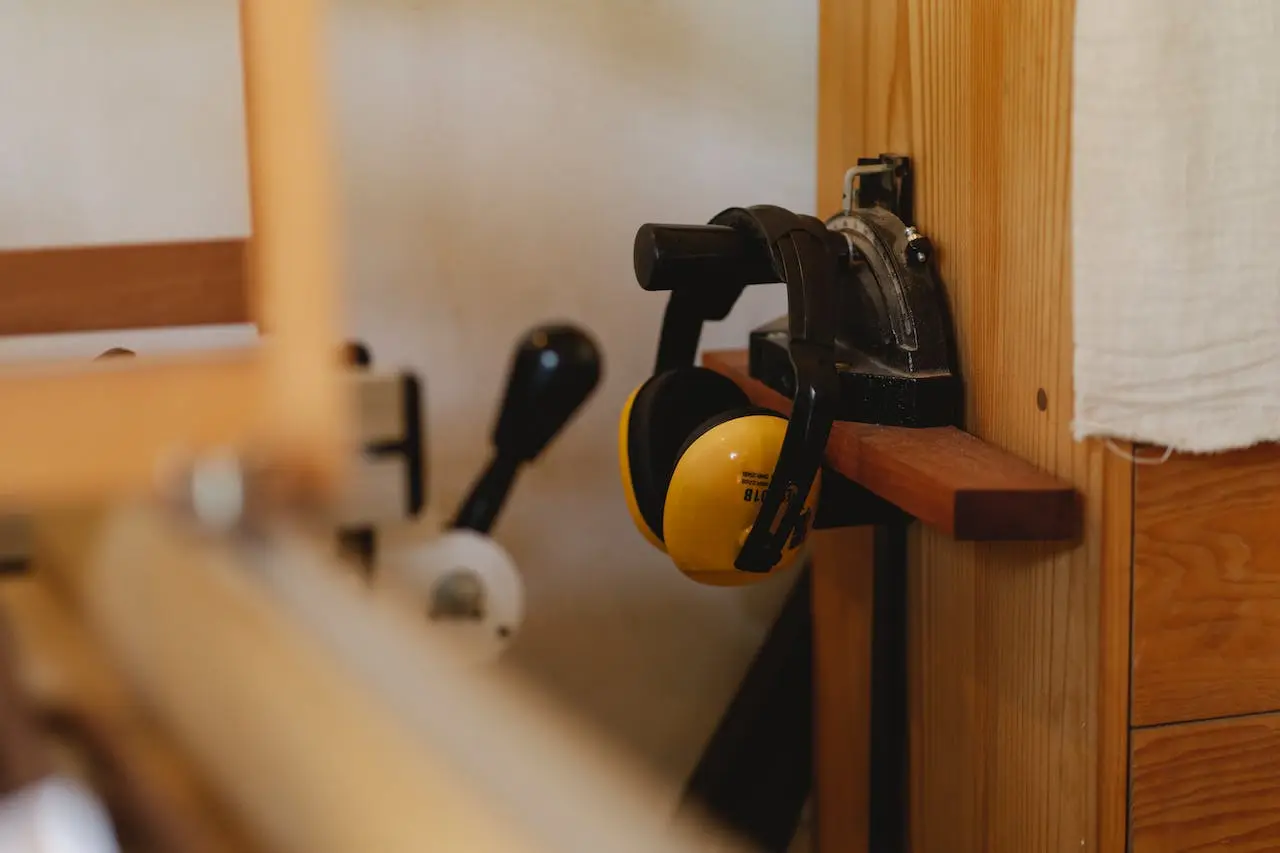Fleece clothing has long been popular among those who appreciate its remarkable properties for maintaining a constant body temperature. Initially created as clothing for active people, fleece knitwear has quickly gained adherents in various industries as well. Wherever protective clothing is primarily intended to provide good body warmth, comfortable fleece seems to be indispensable. What are its advantages and where is protective fleece used most often?
Characteristics of fleece
What exactly is the mysterious fleece? Today it is one of the most popular synthetic materials, whose creators were inspired by the structure of polar bear fur. The unusual knitted fabric made of fibers in the shape of miniature tubes allows to maintain a constant body temperature, while not blocking moisture on the surface of the skin. It is thanks to these properties that fleece has so quickly conquered the market for protective clothing for people whose work requires a lot of effort, and at the same time effective protection against low temperatures from the outside.
Fleece is a knitted fabric that is resistant to dirt and odor absorption, although, of course, in the case of very intensive work, it will require regular washing. At the same time, however, it is not a material that will be difficult to deal with - excellent moisture wicking from the skin does not cause a constant feeling of sweating, thus giving no reason for the material to retain unpleasant odors. Fleece is also resistant to shrinking, discoloration or stretching, so it is successful in harsh physical work conditions.
At the same time, fleece is a material that is extremely resistant to mechanical damage. Unlike other "warm" fabrics and knitwear, fleece is difficult to tear or get dehumidified, so even intensive use here does not reflect negatively on its appearance or properties.
One of the few disadvantages that can be mentioned on the side of fleece is its low resistance to strong wind and moisture. The latter, however, is not so detrimental here, since fleece, as a rule, dries extremely quickly and, contrary to appearances, does not absorb as much water into itself as you might think. However, fleeces are very often combined with special waterproof and windproof coatings for this reason, making them the perfect all-weather solution. However, there is no doubt that even in its basic version, fleece guarantees exceptional body warmth retention better than any other material on the market.
Applications of protective fleece
Many industries will appreciate the properties and capabilities of comfortable fleece sweatshirts, which is why this type of material is increasingly used in the workwear category today. Work fleeces work well in the transport industry - for couriers, suppliers, drivers or road workers, this type of warming seems to be ideal. Another group of workers who appreciate the properties of fleece will be workers in the construction industry - repair crews, professionals, workers at heights, and even gardeners, who spend quite a lot of time outside and can't imagine working in something that doesn't provide adequate warmth.
Fleece, as a material that ensures optimal body temperature, is also suitable for use in working conditions involving constant cold temperatures. Various types of production halls in the food industry, working in poorly heated buildings, working outdoors (such as operating horse farms, equipment rental or tour services) and even working night shifts can be the perfect environment for the use of comfortable protective fleece.
Comfortable work fleeces - what to look for when buying them
Today, fleece sweatshirts are available primarily in health and safety stores, but even here it is worth paying attention to several models and comparing them before making a purchase. Among the issues to look at is, first of all, the grammage of the fleece - the heavier it is, the better its protective properties, of course. A thicker fleece will, of course, be a bit heavier, but at the same time it retains adequate wearing comfort. Good protective fleeces should also be equipped with welts on the sleeves and at the bottom of the sweatshirt, guaranteeing additional protection against movement of the material during work and movement.
On the market today you can find both zippered fleeces and those that are layered over the head like a traditional sweatshirt. High- and low-weight fleeces, fleeces with and without hoods, and even fleeces equipped with an additional, attachable waterproof layer ideal for working in harsh weather conditions. One thing doesn't change about them - the comfort of wearing them. If your work environment is threatened by unavoidable low temperatures, a fleece may be the best solution.






